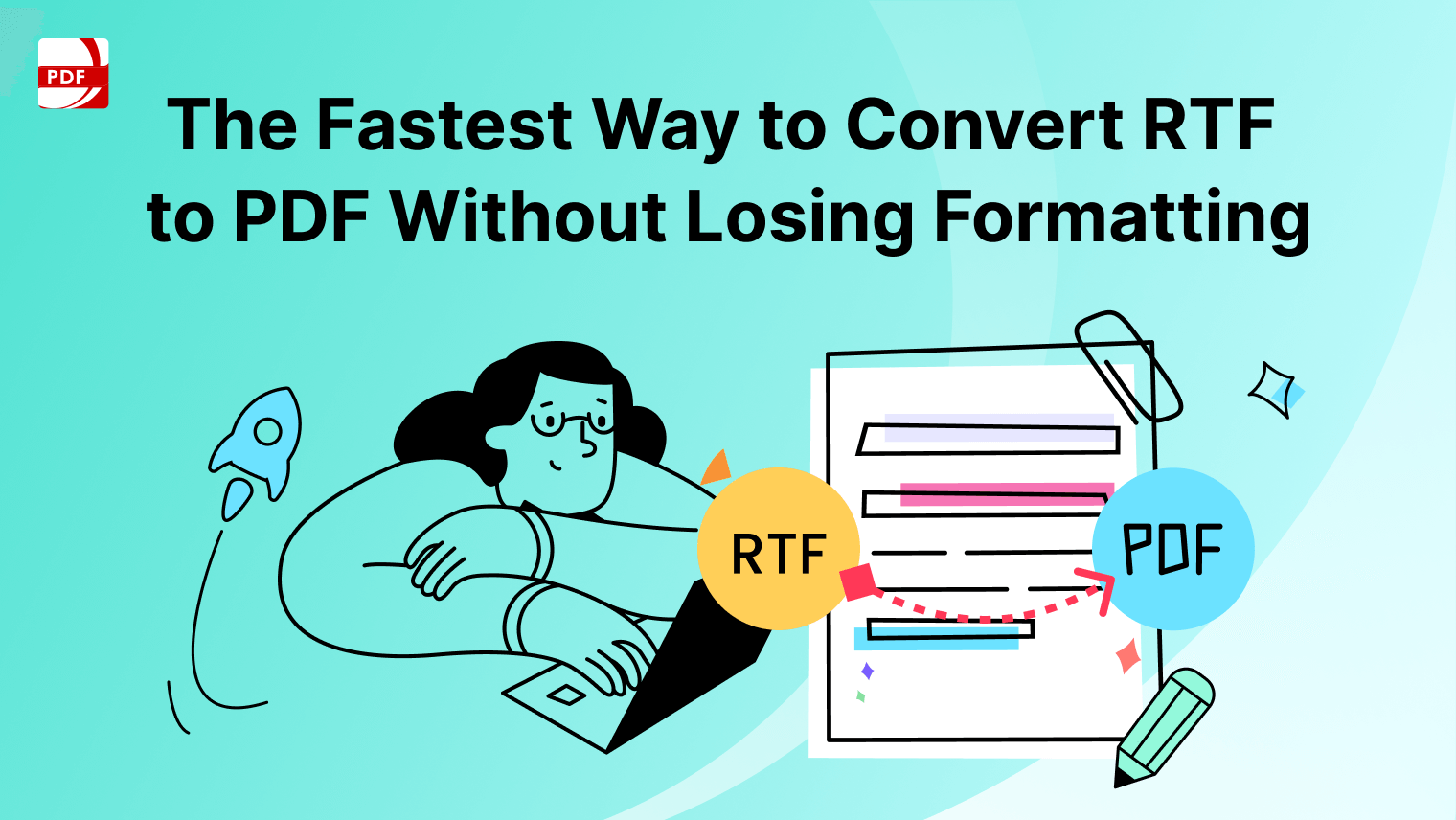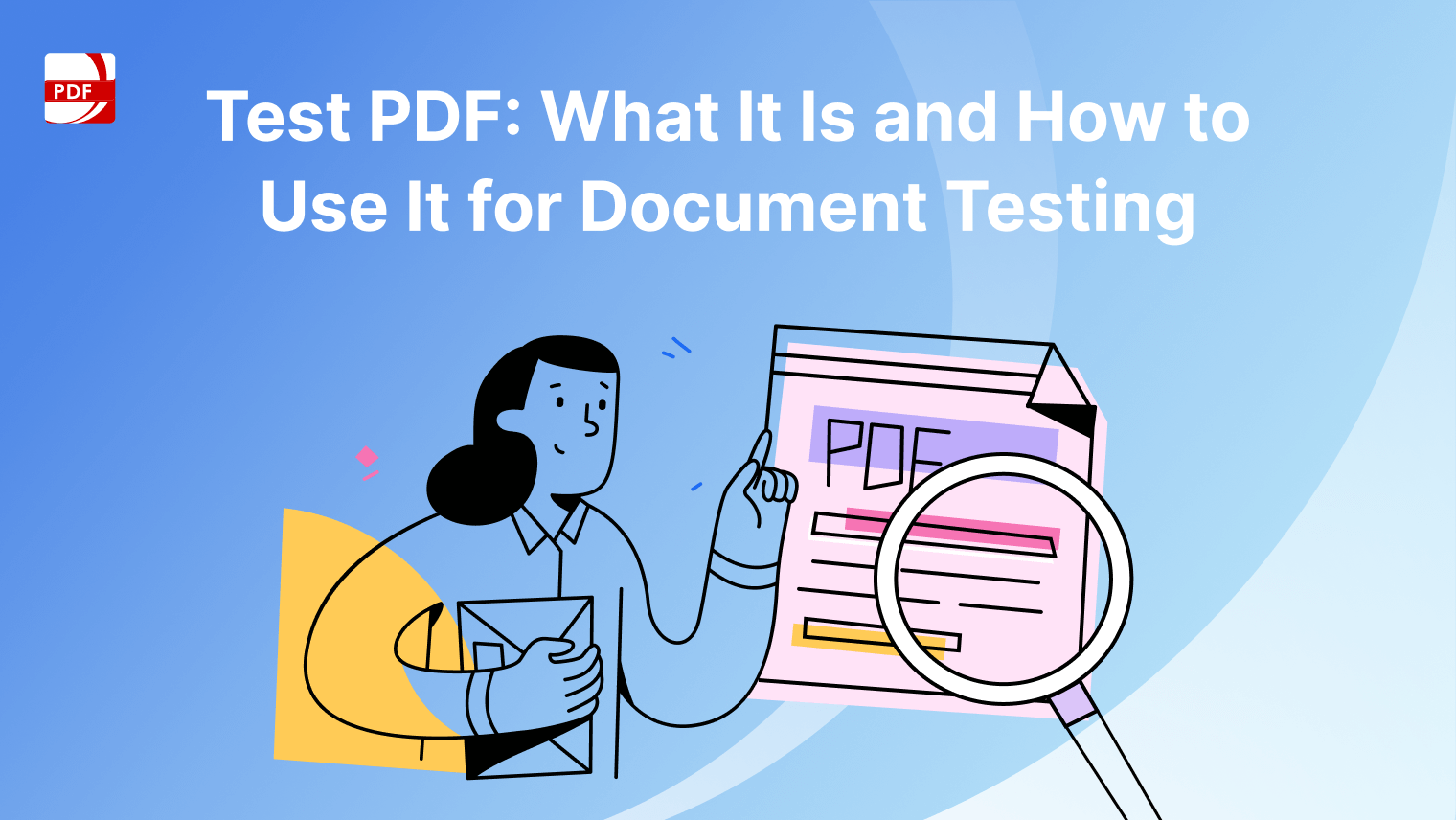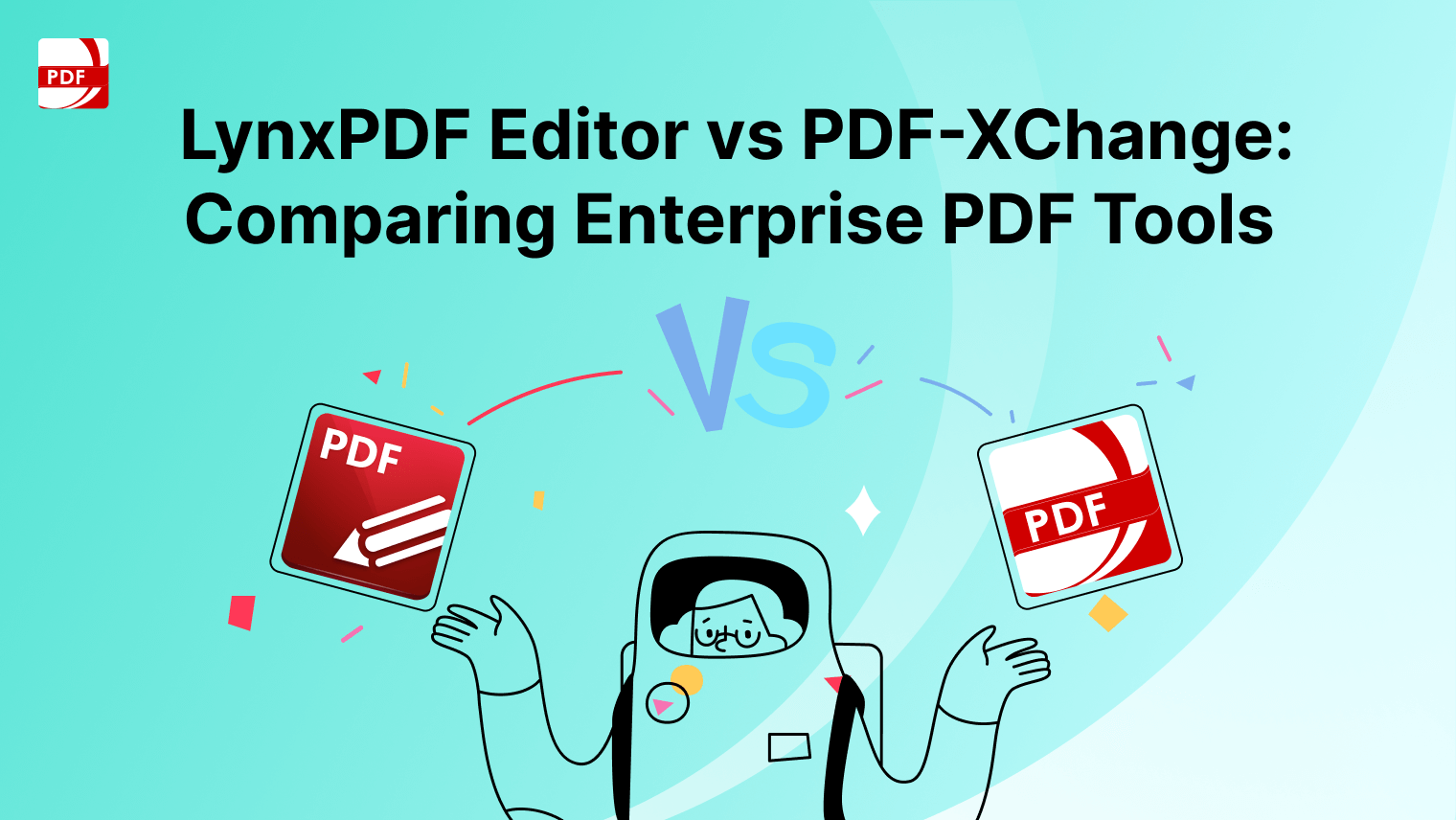Whether it's contracts, reports, or presentations, PDFs offer a reliable way to preserve the formatting and layout of a document. However, there are times when you need to make edits to a PDF file, and Adobe Acrobat comes to the rescue.
Understanding Adobe Reader
Adobe Reader is a free software developed by Adobe Inc. that allows users to view, print, and annotate PDF files. While Adobe Reader primarily focuses on viewing and basic annotation features, it also provides limited editing capabilities that enable users to make simple changes to PDF documents. Key features of Adobe Reader include:
1. Viewing PDFs: Adobe Reader allows users to open and view PDF files with high fidelity, preserving the formatting, layout, and graphics of the original document.
2. Printing: Users can easily print PDF documents directly from Adobe Reader, maintaining the document's quality and layout during the printing process.
3. Annotation Tools: Adobe Reader provides basic annotation tools, such as highlighting, underlining, and adding sticky notes, allowing users to mark up and annotate PDF files for review or collaboration.
4. Text Search: Users can perform text searches within PDF documents, making it easy to locate specific information or keywords within lengthy documents.
5. Form Filling: Adobe Reader supports interactive PDF forms, enabling users to fill out and submit forms electronically without the need for printing or scanning.
6. Accessibility Features: Adobe Reader includes accessibility features that support screen readers and assistive technologies, making PDF content accessible to users with disabilities.
7. Security Features: Adobe Reader offers security features such as password protection, encryption, and digital signatures, helping users protect sensitive information contained within PDF files.
8. Mobile Compatibility: Adobe Reader is available on multiple platforms, including desktop computers, laptops, tablets, and smartphones, ensuring users can access and view PDF documents on the go.
9. Integration with Adobe Document Cloud: Adobe Reader seamlessly integrates with Adobe Document Cloud, allowing users to store, access, and share PDF files across devices and collaborate on documents with others.
Uses of Adobe Reader:
-
Reading Documents: Adobe Reader is commonly used for reading and viewing PDF documents, including ebooks, reports, manuals, and academic papers.
-
Reviewing and Annotating: Professionals often use Adobe Reader to review and annotate PDF documents, providing feedback, highlighting important sections, and adding comments for collaboration purposes.
-
Completing Forms: Adobe Reader enables users to fill out and electronically sign PDF forms, streamlining processes such as job applications, tax forms, and online surveys.
-
Printing Documents: Individuals and businesses rely on Adobe Reader for printing PDF documents with accurate formatting and quality, whether it's contracts, invoices, or presentations.
-
Accessibility: Adobe Reader's accessibility features make it an essential tool for ensuring that PDF content is accessible to users with disabilities, in compliance with accessibility standards and regulations.
How to Edit PDF Files in Adobe Reader
When editing files in Adobe Acrobat DC or similar, simply follow these steps to get started:
Step 1: Open the PDF File
Launch Adobe Reader and open the PDF file you want to edit.
Image Source: Adobe Acrobat
Step 2: Select the Text Tool
Click on the "Tools" pane on the right side of the window, then choose the "Edit PDF" option. This will activate the editing tools.
Image Source: Adobe Acrobat
Step 3: Edit Text
Once the editing tools are activated, you can click on any text within the PDF file to edit it. Simply delete or modify the existing text as needed. Select the "Add Text" tool from the toolbar to add new text to the PDF file.
Image Source: Adobe Acrobat
Step 4: Resize or Move Text Boxes
You can resize or move text boxes by clicking and dragging the handles or the entire box to reposition them.
Image Source: Adobe Acrobat
Step 5: Add Images
If you need to insert images into the PDF file, you can use the "Add Image" tool to place images from your computer onto the document.
Image Source: Adobe Acrobat
Why Consider Alternative PDF Viewers?
Considering alternative PDF editors, such as PDF Reader Pro, can offer several advantages and benefits compared to mainstream options like Adobe Acrobat. Here are some reasons why exploring alternative PDF editors can be beneficial:
-
Cost-Effectiveness: Alternative PDF editors often provide similar or even superior features to mainstream options at a fraction of the cost. PDF Reader Pro, for example, offers a range of powerful editing tools at a more affordable price point, making it a cost-effective choice for individuals and businesses alike.
-
Ease of Use: Alternative PDF editors may have a more intuitive user interface and simpler workflow compared to larger, more complex software like Adobe Acrobat. PDF Reader Pro prioritizes user-friendly design and streamlined features, making it easy for users to navigate and edit PDF documents without a steep learning curve.
-
Specialized Features: Some alternative PDF editors, including PDF Reader Pro, offer specialized features tailored to specific industries or use cases. These features may include advanced annotation tools, customizable form templates, batch processing capabilities, and more, catering to the unique needs of different users.
-
Compatibility: Alternative PDF editors often provide seamless compatibility with various operating systems and devices, including Windows, macOS, iOS, and Android. This ensures users can access and edit PDF documents across different platforms without encountering compatibility issues.
-
Customer Support: Smaller, independent PDF editor developers may offer more personalized customer support compared to larger corporations. PDF Reader Pro, for instance, provides responsive customer support to address user inquiries, troubleshoot issues, and provide assistance when needed.
-
Innovative Features: Alternative PDF editors may introduce innovative features and updates more frequently than mainstream options, as they strive to differentiate themselves in a competitive market. Users can benefit from access to the latest tools and technologies for enhancing their PDF editing experience.
-
Privacy and Security: Some users may have concerns about privacy and data security when using cloud-based PDF editors or services. Alternative PDF editors like PDF Reader Pro prioritize user privacy and offer offline editing capabilities, ensuring that sensitive documents remain secure and protected.
Limitations of Editing in Adobe Reader
While Adobe Reader provides basic editing capabilities, it's important to note that it has limitations compared to more advanced PDF editing software like Adobe Acrobat Pro. Here are some limitations:
-
Limited Text Editing: You can only edit text in PDF files that have been created with editable text fields. Scanned documents or PDFs with embedded images cannot be edited in Adobe Reader.
-
No Advanced Editing Features: Adobe Reader lacks advanced editing features such as rearranging pages, adding or removing watermarks, or creating fillable forms.
-
Limited Image Editing: While you can add images to a PDF file in Adobe Reader, you cannot perform advanced image editing tasks such as resizing, cropping, or adjusting image properties.
Download PDF Reader Pro for Windows
PDF Reader Pro for Windows is a robust and versatile application designed to meet your PDF content editing, and annotation needs. With a user-friendly interface and a range of powerful features, it stands out as a comprehensive solution.
The simplest method to getting PDF Reader Pro is to click the download button below:
Download PDF Reader Pro for Mac
PDF Reader Pro for Mac is a powerful and feature-rich application designed to enhance your document management on macOS. Packed with a range of PDF editing tools, it provides a comprehensive solution for viewing, editing, annotating, and organizing templates.
FAQs: Editing PDFs in Acrobat DC
Have more questions about putting your software into edit mode? We have the answers about your chosen product interface below:
1. What are Online Editing Programs?
Online editing tools are web-based applications or services that allow users to edit various types of documents, including PDF files, directly within a web browser. These tools offer a convenient way to make changes to documents without the need for downloading or installing additional software.
2. Can I Use Online Editing Tools to Edit PDF Files?
Yes, many online editing tools support PDF editing features, enabling users to modify text, add or remove images, annotate, and perform other editing tasks directly within the browser window. However, the extent of editing features (more granular PDF editing) may vary.
3. Are Adobe Acrobat Pro DC and Adobe Acrobat Reader DC Online Editing Tools?
While Adobe Acrobat Pro DC and Adobe Acrobat Reader DC are powerful PDF software applications developed by Adobe, they are not online editing tools in the traditional sense. They are desktop applications that offer advanced PDF editing and viewing capabilities. However, Acrobat tools offer online services allowing users to access and edit PDF files stored in the cloud using a web browser.
4. What Editing Features are Available in Adobe Acrobat Pro DC?
Adobe Acrobat Pro DC provides comprehensive editing capabilities for PDF files, including the ability to edit text, images, and links, as well as add or remove pages, create fillable forms, and apply digital signatures. It also offers advanced features on the edit menu such as OCR (Optical Character Recognition) for converting scanned documents into editable text.
5. Can I Add Sticky Notes to PDF Files Using Online Editing Tools?
Yes, many online editing tools, including Adobe Acrobat online services, offer sticky note annotation features that allow users to add comments, annotations, and reminders to digital files. Sticky notes are useful for collaboration and feedback purposes, allowing multiple users to communicate and share ideas within a document.
6. How Intuitive are Online Editing Tools for Editing PDF Files?
The intuitiveness of online editing tools can vary depending on the specific tool and its user interface design. However, many powerful editing features strive to provide a user-friendly and intuitive experience by offering clear instructions, visual cues, and easy-to-navigate menus and toolbar options.
7. Can I Edit PDF Images Using Online Editing Tools?
Yes, most online editing tools that support PDF editing also allow users to edit images within PDF files. This includes tasks such as resizing, cropping, rotating, and adjusting the brightness or contrast of images. Some tools may also offer more advanced image editing features for enhancing or retouching images.
8. How Accurate are Editing Actions Performed with Online Editing Tools?
The accuracy of editing actions performed with online editing tools depends on various factors, including the quality of the tool's algorithms, the resolution and clarity of the document being edited, and the precision of user input. Generally, reputable online editing tools strive to maintain high accuracy in editing actions to ensure the integrity of edited documents.
While Adobe Reader is primarily designed for viewing and basic annotation of PDF files, it also offers limited editing capabilities that can be useful for making simple changes to documents. Following the steps outlined in this guide, you can edit text, add images, and make other basic modifications to PDF files using Adobe Reader. However, you may need to upgrade to an alternative PDF editing software for more advanced editing tasks, such as manipulating non-editable text or rearranging pages.


